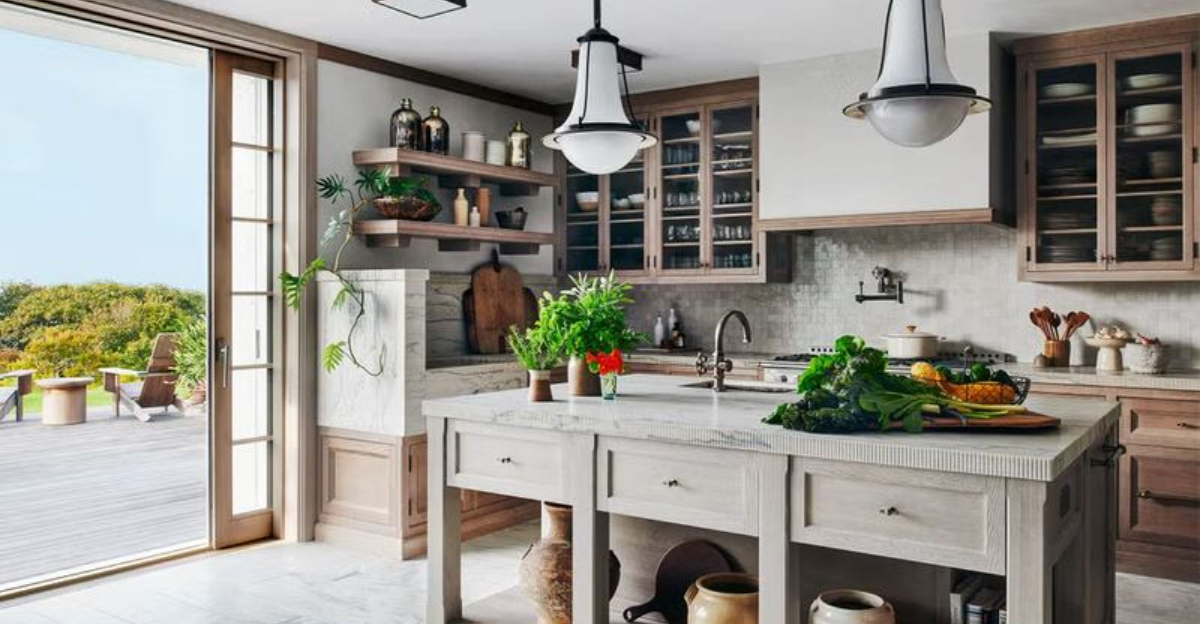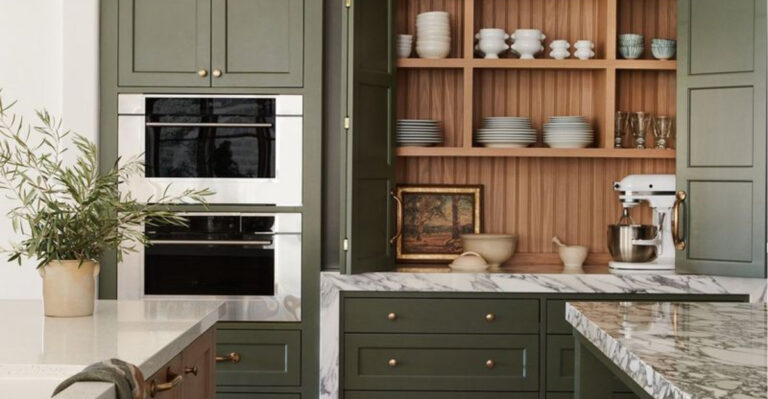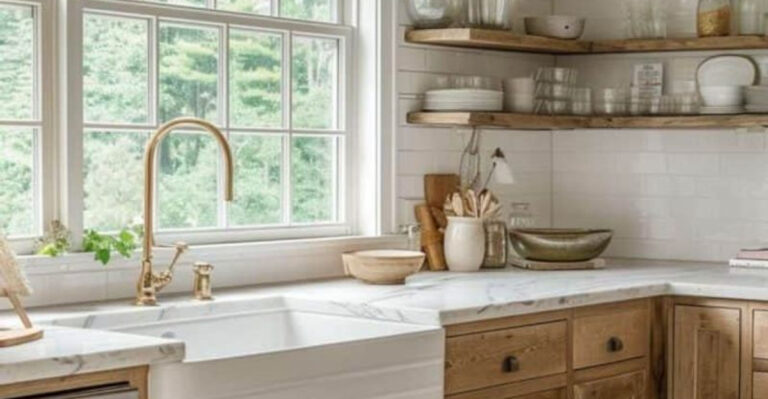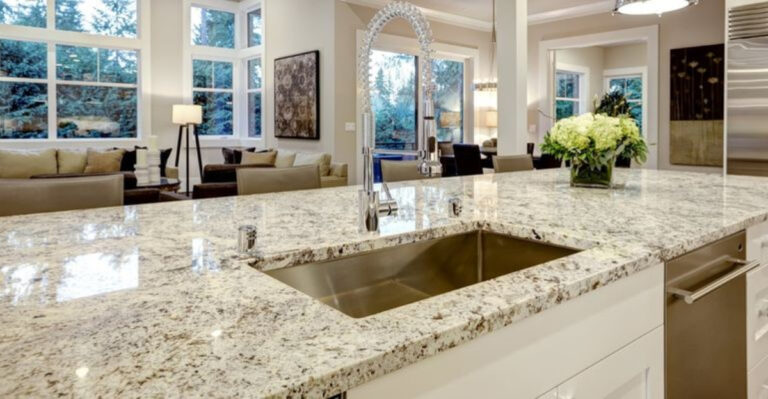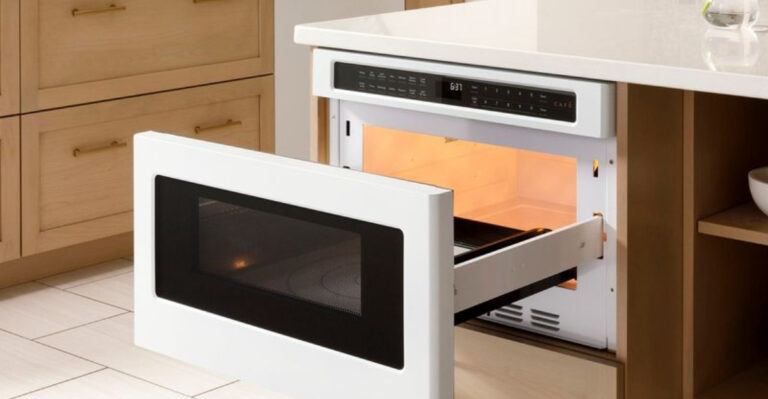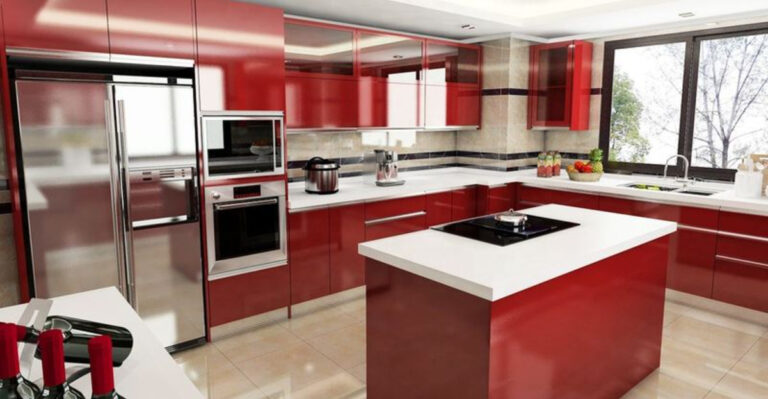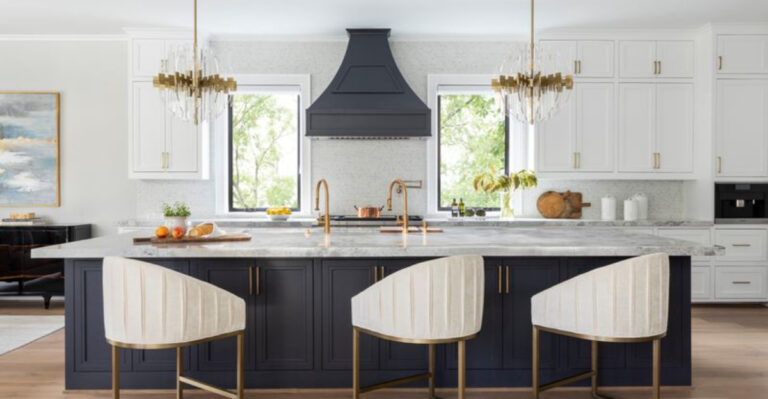10 Kitchen Island Styles Designers Are Ditching For Good
I’ve always loved the idea of a kitchen island being the cozy center of the home, where everyone gathers while you cook or sip coffee.
But lately, I’ve noticed that some of those once-trendy island designs are starting to look seriously outdated, like they belong in a time capsule instead of a fresh, modern kitchen.
Talking to designers made me realize how important it is to keep your island style current so it truly reflects how we live today. If you’re thinking about a kitchen update, here’s what the pros say you should steer clear of and what to try instead.
1. Ornate Corbels And Excessive Molding
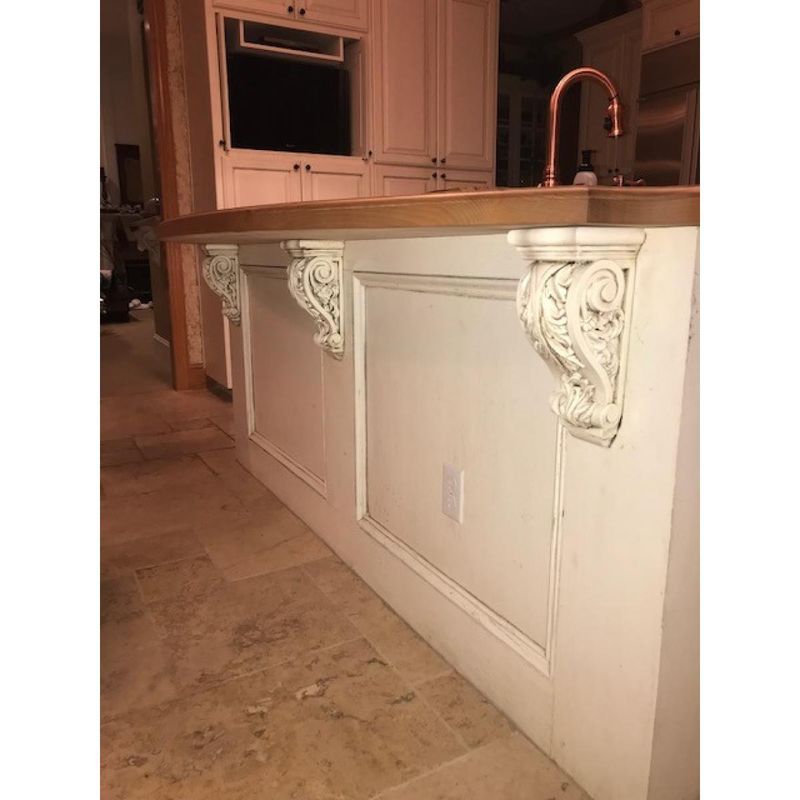
Remember those fancy curved brackets and intricate wood carvings that once adorned kitchen islands? They’re collecting dust in design history now. The fussy, ornamental look that was all the rage in the early 2000s has given way to cleaner lines.
Designers now favor simplicity over the wedding-cake-like decorative elements that make spaces feel smaller and more cluttered. Plus, those detailed crevices were just magnets for kitchen grime and required extra cleaning time nobody actually has.
2. Raised Bar Counters
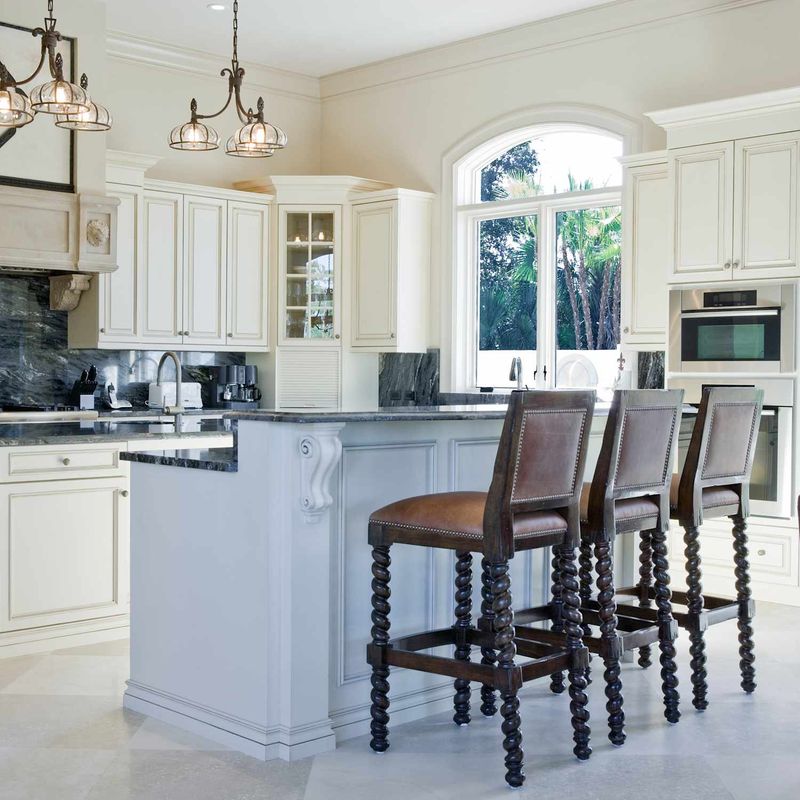
The multi-level island with a raised bar section is waving goodbye. These split-personality surfaces once seemed clever, creating a visual barrier between cooking mess and casual dining. In practice? They chopped up counter space and created awkward transitions.
Modern families prefer single-level expanses that offer flexibility for food prep, homework sessions, or impromptu gatherings. The unified surface also creates a more open feeling and allows for easier conversation flow when entertaining guests.
3. Tiny Islands That Serve No Purpose
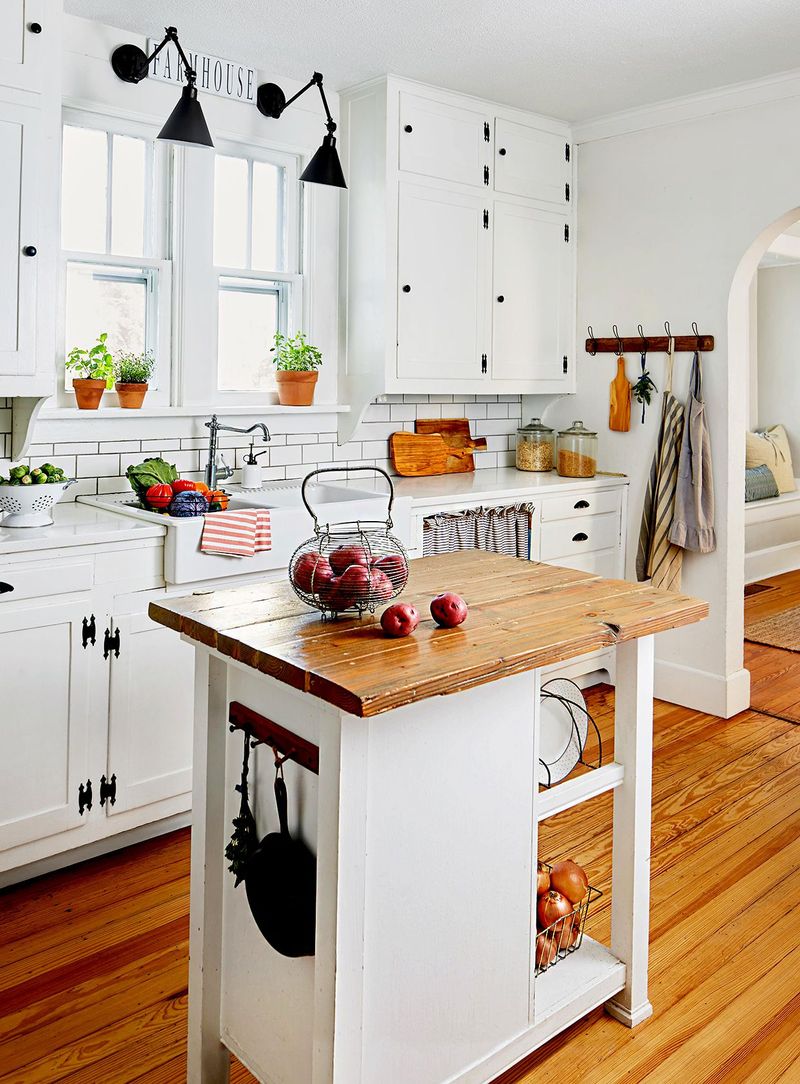
The puny island trend has thankfully run its course. You know the type—barely big enough to chop an onion but installed anyway because “every kitchen needs an island.” These space-wasters often ended up as glorified junk collectors.
Today’s approach is quality over quantity. If your kitchen can’t accommodate a properly sized island (at least 3 feet by 5 feet), designers recommend alternatives like a rolling cart or a peninsula. Function trumps trend-following, and undersized islands fail the practicality test.
4. All-White Everything Islands
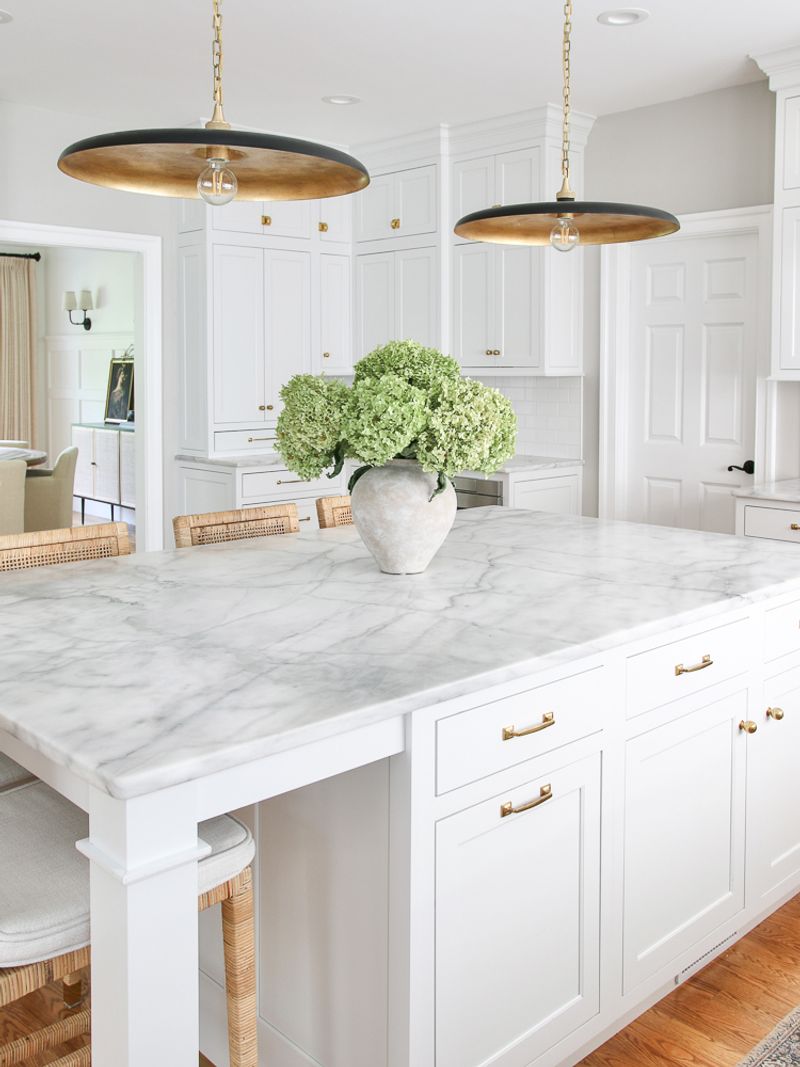
The clinical all-white island that dominated Pinterest boards for years is losing its shine. While white kitchens aren’t disappearing entirely, the monochromatic approach feels sterile and lacks personality.
Contrast is the new darling of kitchen design. Islands now stand out as statement pieces in complementary or contrasting colors to perimeter cabinetry. Navy, sage green, and warm woods are stealing the spotlight. This two-tone approach adds character while creating a natural focal point in the room.
5. Faux Furniture-Style Islands
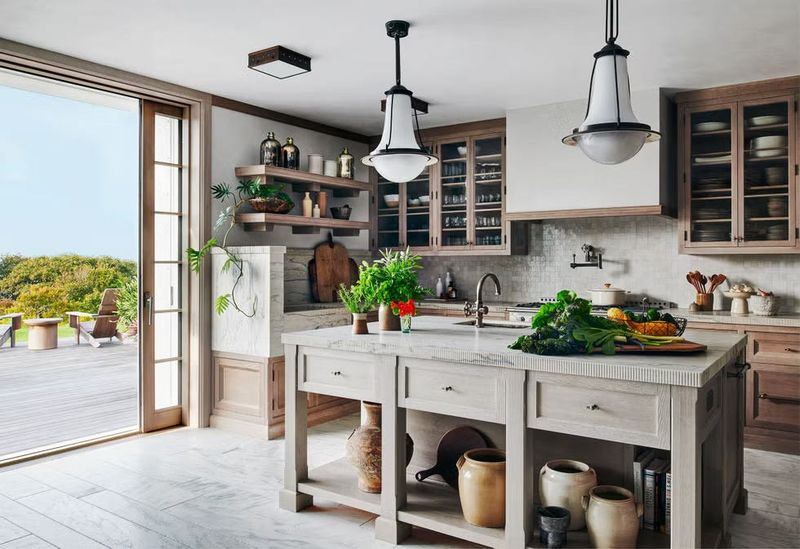
Those islands designed to look like antique furniture pieces—complete with turned legs, distressed finishes, and faux vintage hardware—are heading for retirement. What once seemed charming now reads as contrived and impractical in modern kitchens.
The furniture-style islands often sacrificed storage and functionality for looks. Today’s islands embrace their built-in nature with clean lines while incorporating practical features like deep drawers and specialized storage. Authenticity wins over pretending your island is a repurposed sideboard from grandma’s dining room.
6. Granite Waterfall Edges That Stop Short
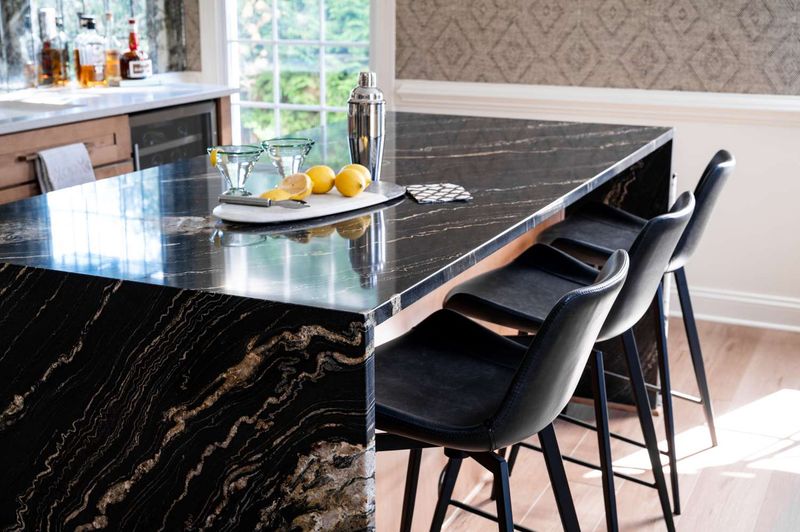
The partial waterfall edge—where stone cascades down one side of the island but not the others—is a dated compromise that designers are gladly leaving behind. This halfway approach often looks like someone ran out of material or budget midway through installation.
Current waterfall edges commit fully, flowing seamlessly to the floor on both ends of the island. Or designers skip the waterfall entirely in favor of simple edge treatments. The half-measure approach reads as indecisive and creates an unbalanced visual that draws attention for all the wrong reasons.
7. Islands With Attached Table Extensions
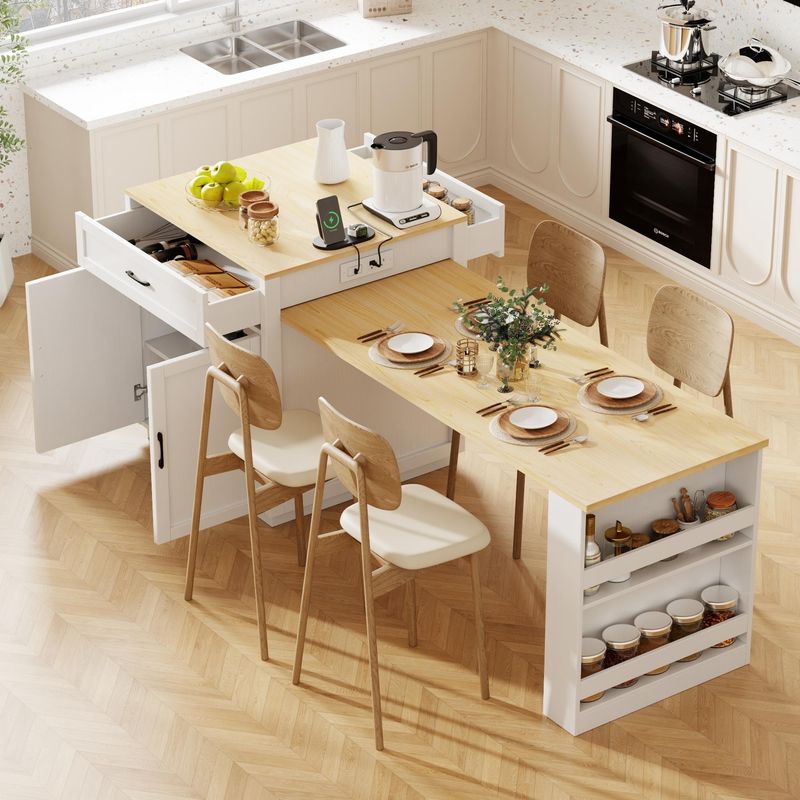
The hybrid island-table combination with an awkward dining ledge tacked onto one end is falling from favor. These Frankenstein creations typically featured different counter heights and materials, creating a cobbled-together look rather than a cohesive design.
Modern kitchens are embracing either properly sized islands with comfortable seating along one side or completely separate dining areas. The forced combination solved neither need particularly well. Now designers prioritize intentional spaces that serve their primary functions beautifully rather than compromise pieces.
8. Busy Patterned Granite Tops
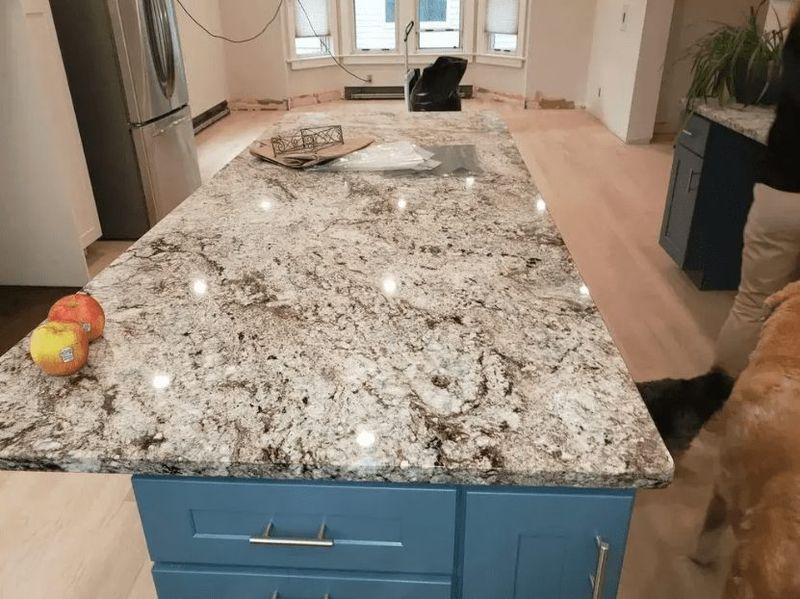
Those speckled, swirled, and intensely patterned granite countertops that dominated the early 2000s are officially passé. The visually chaotic surfaces with gold, brown, and black mineral deposits competing for attention overwhelm today’s more serene kitchen aesthetics.
Quartz and quartzite with subtle veining or solid-colored surfaces have taken center stage. The new look allows other elements to shine without battling a busy backdrop. When natural stone is used, it’s selected for its quiet elegance rather than its dramatic pattern play.
9. Microwave-In-Island Installations
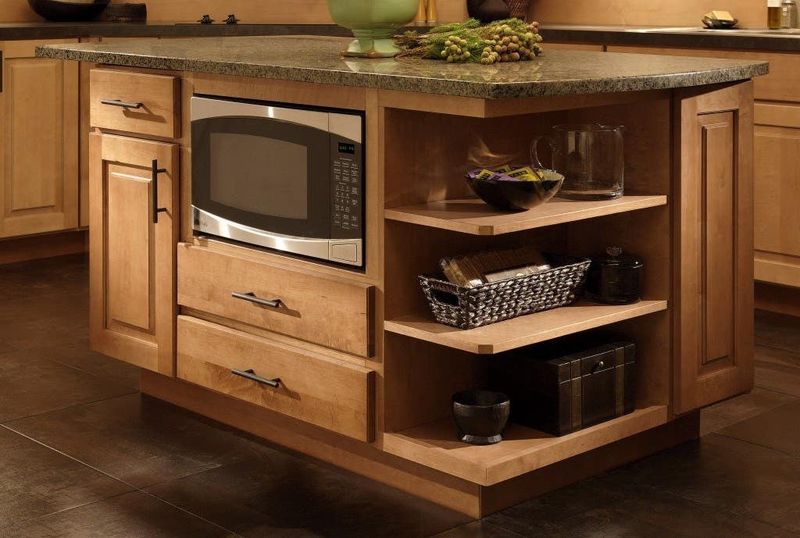
Shoving the microwave into the island seemed smart until everyone realized they were constantly bending down to use it. This awkward placement created traffic jams in busy kitchens and put the appliance at a height that was uncomfortable for most adults.
Current designs relocate microwaves to eye level, either in upper cabinetry or microwave drawers that offer a more ergonomic approach. Island space is now reserved for more essential cooking zone elements or kept clear for food prep. The days of crouching to heat your coffee are thankfully behind us.
10. Undersized Pendant Lighting
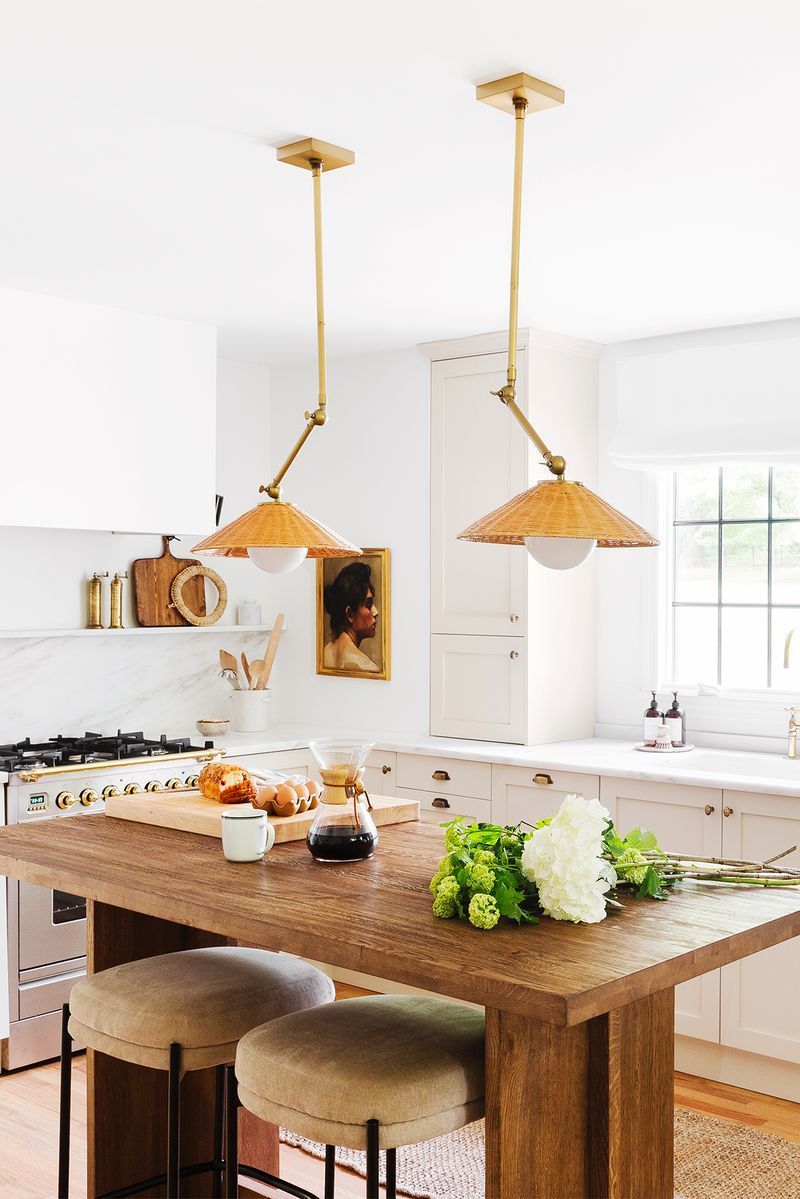
Those tiny pendant lights floating above islands like forgotten Christmas ornaments are getting the boot. Miniature fixtures that might work for bathroom vanities simply don’t provide adequate illumination or visual proportion for the kitchen’s central workstation.
Scale matters! Designers now choose statement lighting that matches the island’s importance. Larger pendants or clusters of fixtures create proper visual weight and deliver the task lighting actually needed for food preparation. The upgrade from wimpy to wow makes a remarkable difference in both function and style.

